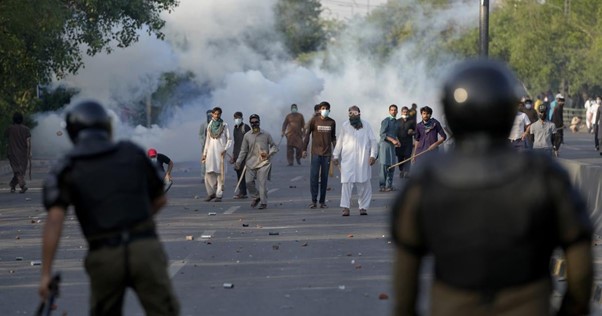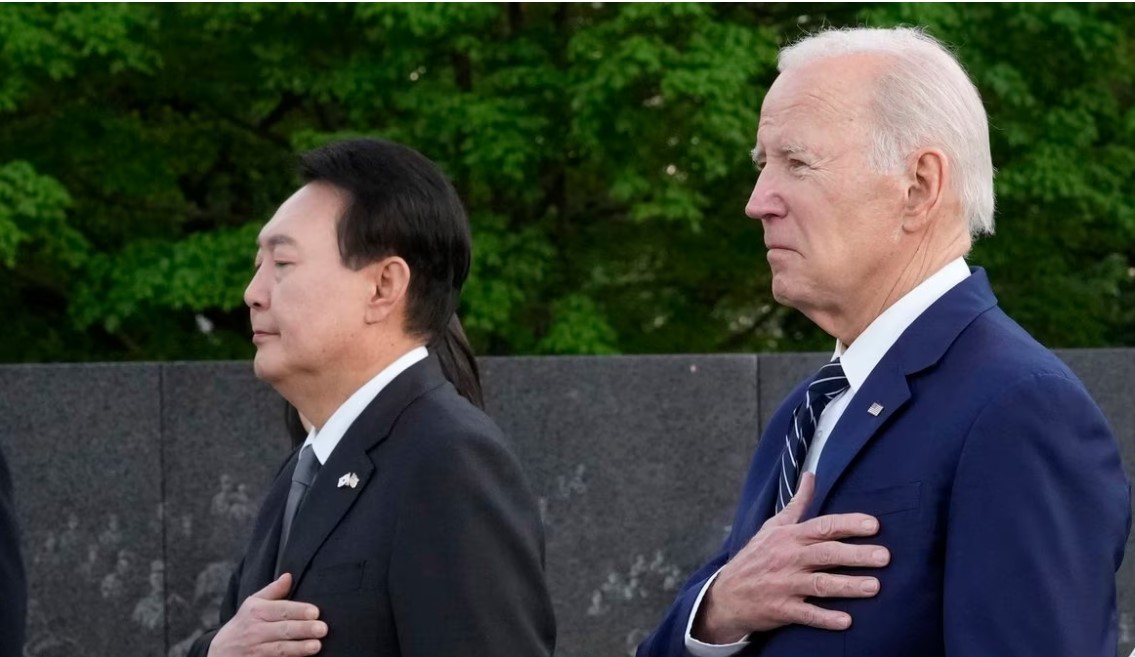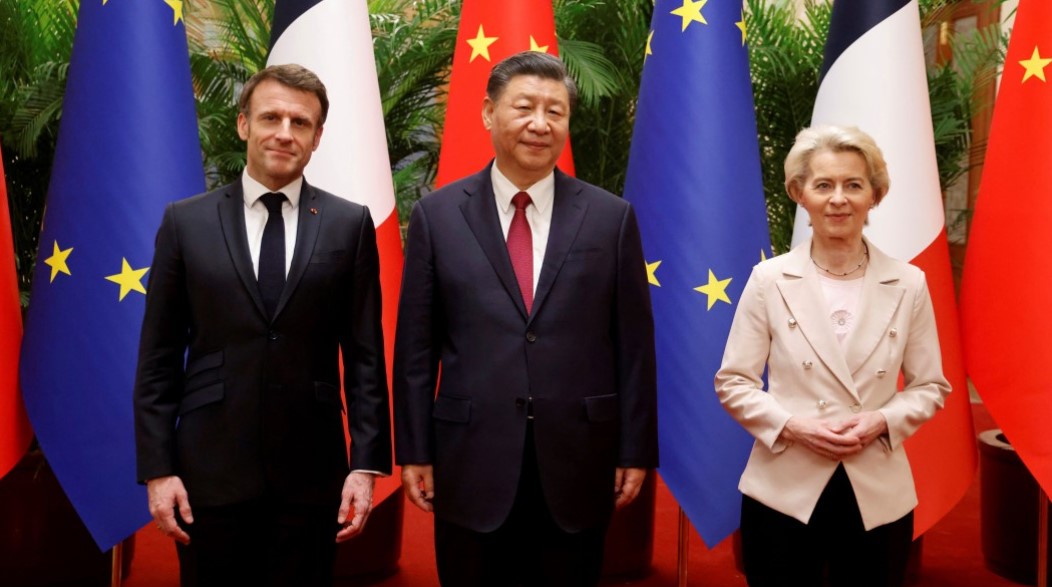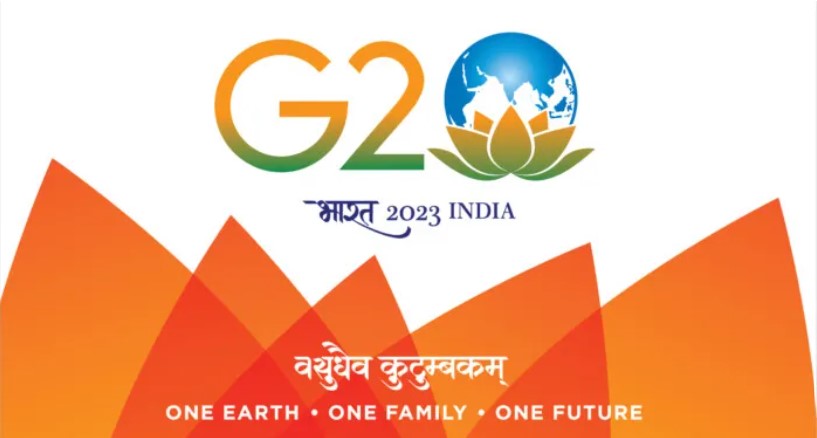Army Design Bureau: An Odyssey towards Self Reliance
Fri, 25 Mar 2022 | Reading Time: 3 minutes
As a kid, I always admired the men in olive green dresses and wondered what their life is apart from holding guns and arduous daily drills. In pursuit of my curiosity, I landed in Rashtriya Raksha University, an internal security educational university located in Gandhinagar, Gujarat. At this place, I got the blessing to study under a decorated army officer, a former member NSAB, Deputy Chief of Army Staff, GOC 15 Corps, Addl DGMO, GOC Strike Div, Keren Sector, Commandant Assam Regimental Centre, CO 5 Assam, and by a fluke, the officer has also laid its concept of ‘winning India’s wars with Indian solutions.’ From him, I got to know not just about the army’s daily routine but also how the political power system, public perception, diplomacy, how the external and internal environs of India and how the everyday advancing technology contribute to policy-making of the Indian Armed Forces. Once on a telephone call, I got to know that the officer tends to be one of the founding members of the Army Design Bureau.
The roots of the Army Design Bureau can be unearthed in the year 2015 when the officer noticed the loopholes involved with imported equipment in respect to their preparedness, maintenance and other related concerns. To conquer the loopholes, the person did an extensive study on how our defence procurement is done and came to a firm conclusion that, “no matter what you do, the defence public sector was not able to meet the requirements of the armed forces, particularly the Indian Army.” Following this, he reached out to the then army chief General Dalbir Singh Suhag, subsequently starting an outreach program along with a team of six brigadiers to interact with academia and industries; these interactions aimed to promote an understanding of the modernisation requirements of the army and discover capabilities of the Indian industry. They travelled every weekend to deepen the relationship between the academia and industry hubs across the country, starting from Jammu and Kashmir in the north to Trichy, Coimbatore, Bangalore, Chennai, Pune, Bhubaneswar, Kolkata and Ludhiana, in short travelling the whole subcontinent. This outreach programme allowed the team to interact with all industries, large, medium, small, micro and start-up. Nineteen such army-industry bilateral interactive sessions were held with 1,967 in different parts of the country. When all is said and done, the team realised a feeling of amputation as the army-industry interaction may help fulfil requirements for the long term, but to genuinely indigenous involvement of academia was a prerequisite.
Thus, trilateral army-industry-academia interactions were held to discover academic activities to align with the future requirements of the army. Twelve trilateral army-industry-academia interactions were held at different IITs, IISc and other institutes of technological excellence involving 753 scholars. Thus, a total of thirty-two trilateral interactions were held. Also, four tours of scientists and industrialists were organised to forward areas to allow them to understand the requirements first hand. They also organised equipment displays and conducted firepower demonstrations for 2,318 scholars and industry representatives at five locations. After going through the hustle-bustle for a year, the team grasped the thought of creating an institution that will act as a repository between the army-academia-industry, helping the trilateral share the requirements and other information consistently, and that is how the idea of Army Design Bureau came into being. The officer then closed in on the then defence minister Shri Manohar Parrikar. He briefly explained to him the whole idea and concept behind the Army Design Bureau, which was welcomed by the minister and ultimately, on 31 August 2016, the Army Design Bureau was created. Immediately after its creation, the ADB published the ‘First Volume of Compendium of Problem Statement’ which is now an annual release.
At present, the ADB is the driving force of the Indian Army’s Make in India initiative. The day job of the Army Design Burerau is to undertake technology scans, identify technologies for acquisition and development, facilitate R&D efforts with industry, academia, DRDO & DPSUs, provide inputs and enable them to understand user requirements while initiating cases of design and development with the industry, all to promote indigenisation.
The Russia-Ukraine standoff holds lessons for India as well, the biggest lesson for us is that one needs to be prepared to fight his battles alone when the chips are down. It’s time for India to realize that the US may be our strategic ally and Russia is a trusted partner but none will vanguard us against China. The need of the hour is to achieve self-reliance or ‘Atamnirbharta’, and reliance on only one organisation (OFBs) cannot meet all the requirements thus, the Army Design Bureau is the veracious step towards achieving self-reliance. Today the Army Design Bureau conducts the ‘Annual Army Technology Seminar’ and ‘Start-up Hunt Programme’ which is a great initiative though there’s much more to achieve.
The officer mentioned in the article is Lt. Gen Subrata Saha, the brain behind the Army Design Bureau. I would also be grateful for the knowledge and wisdom he imparted to us. He also taught the class how to live every day full of adventure and adrenaline.
Disclaimer
The opinions expressed in this article are the author’s own and do not reflect the views of Chanakya Forum. All information provided in this article including timeliness, completeness, accuracy, suitability or validity of information referenced therein, is the sole responsibility of the author. www.chanakyaforum.com does not assume any responsibility for the same.
Chanakya Forum is now on . Click here to join our channel (@ChanakyaForum) and stay updated with the latest headlines and articles.
Important
We work round the clock to bring you the finest articles and updates from around the world. There is a team that works tirelessly to ensure that you have a seamless reading experience. But all this costs money. Please support us so that we keep doing what we do best. Happy Reading
Support Us




















POST COMMENTS (1)
Kalidan Singh